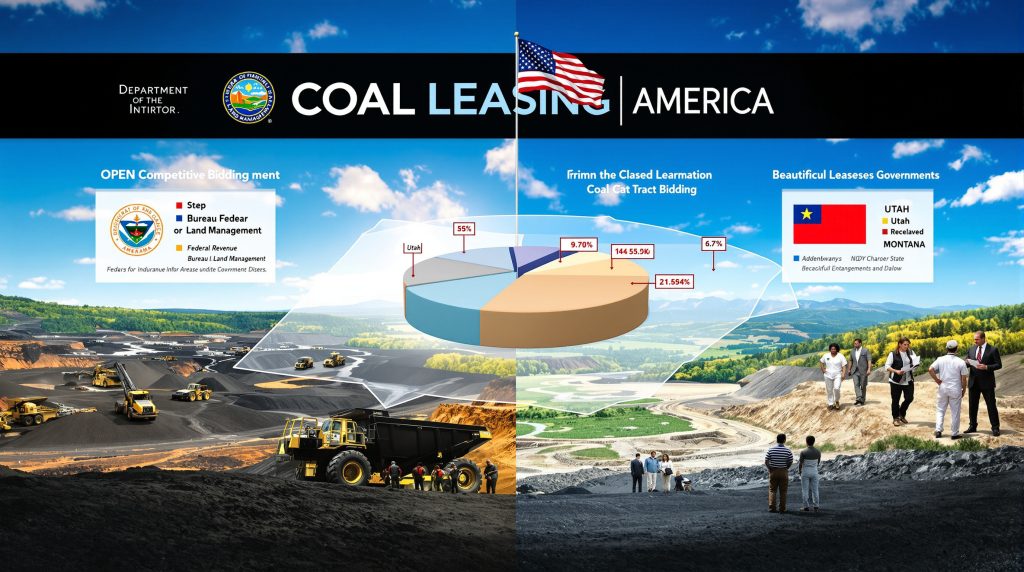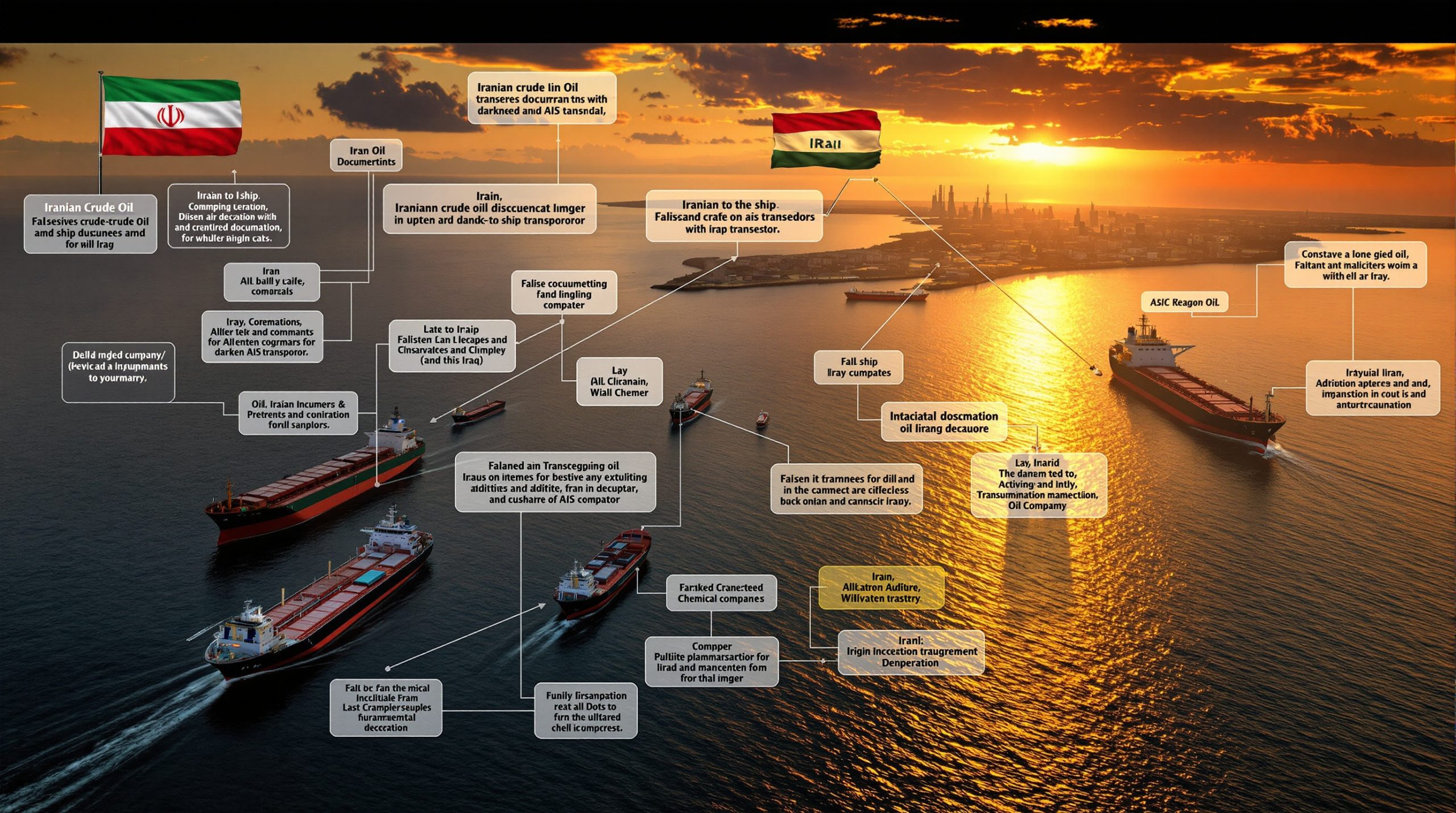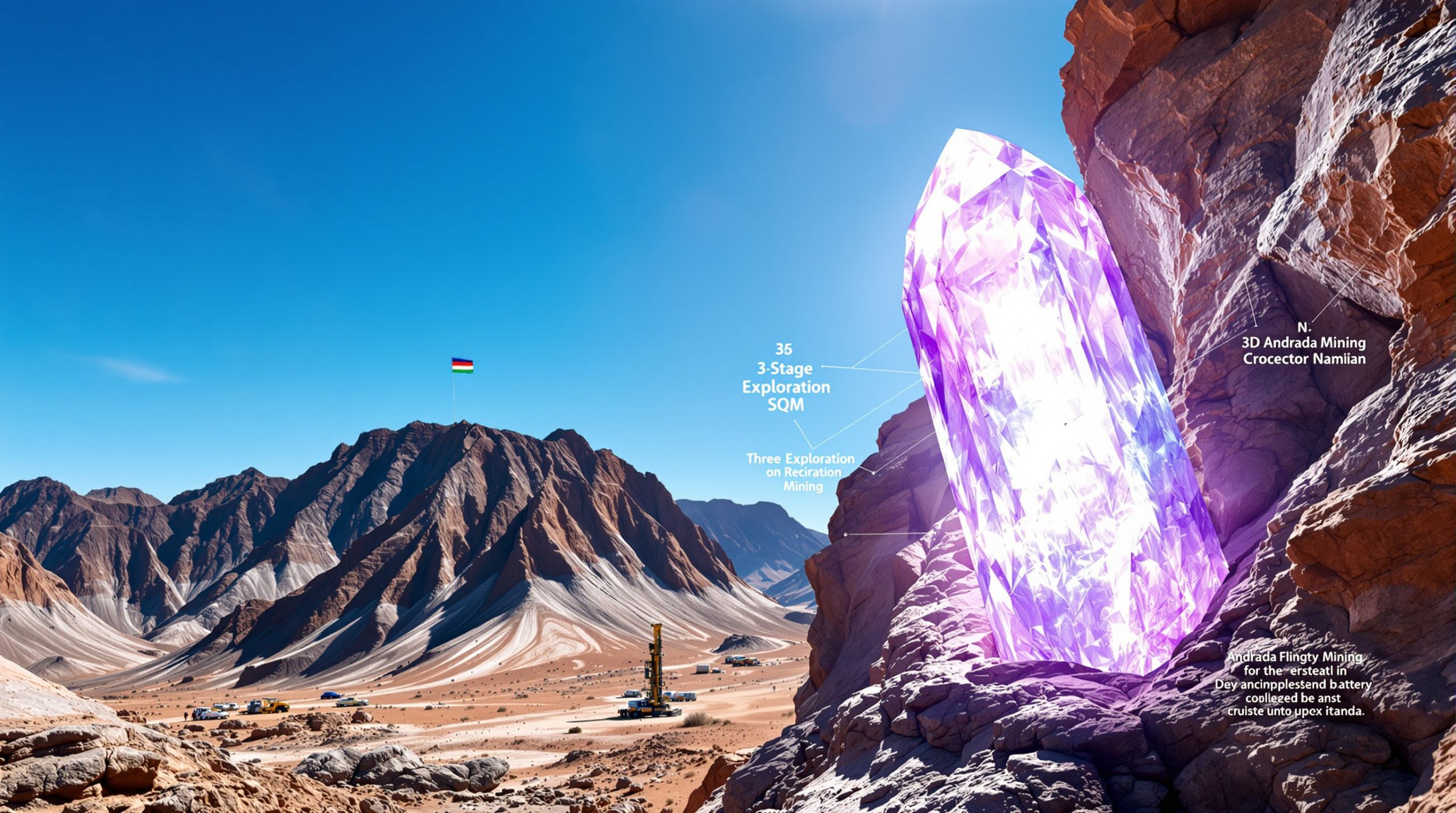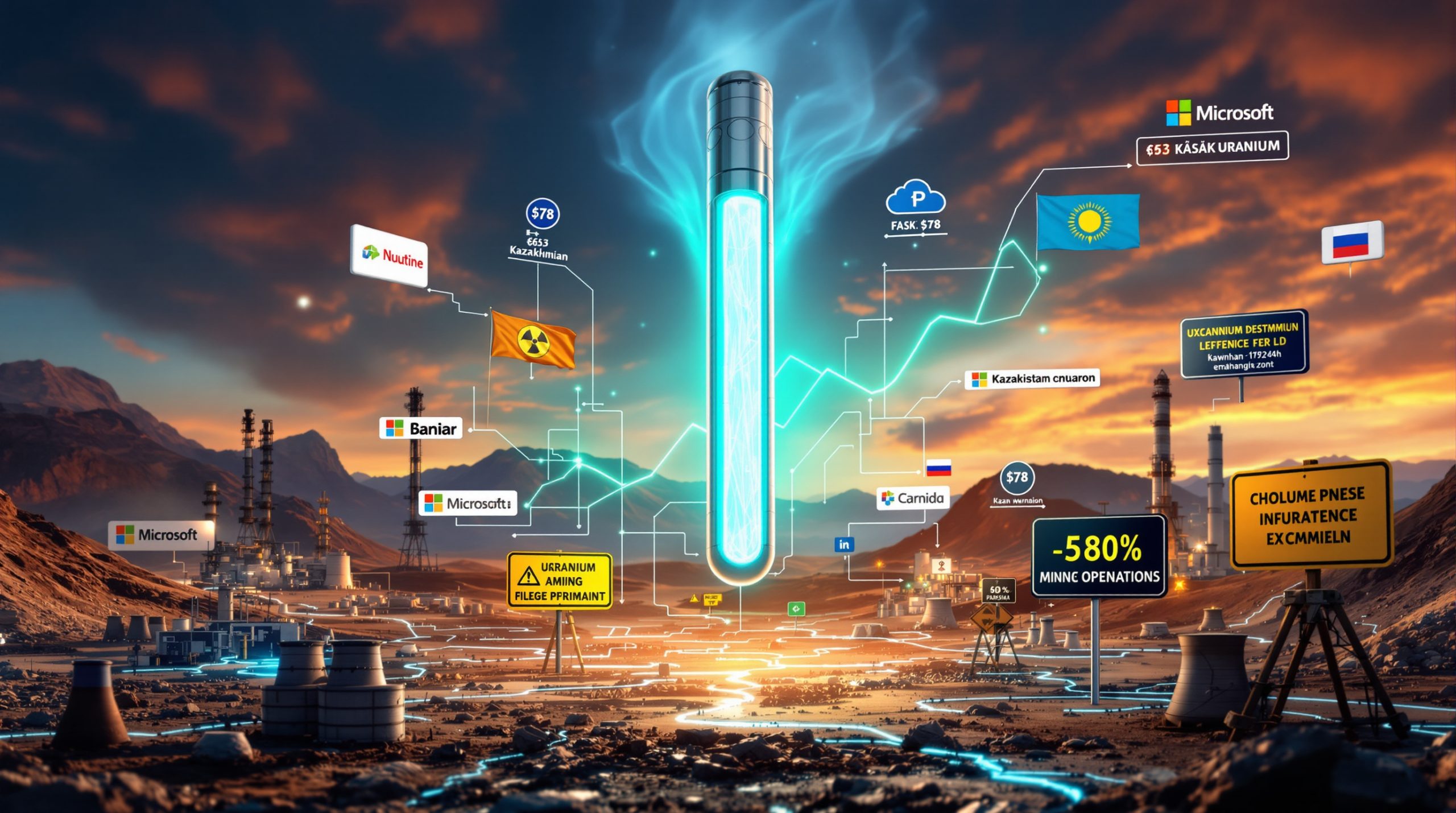How Does the US Department of the Interior Manage Coal Lease Sales?
The process of federal coal leasing involves a complex interplay of regulations, environmental considerations, and economic factors that shape America's energy landscape. This comprehensive guide examines how the Department of the Interior (DOI) manages coal lease sales on federal lands. The US Department of the Interior coal lease sales represent a critical component of America's energy policy framework, balancing resource development with environmental stewardship.
What Are Federal Coal Lease Sales?
Federal coal lease sales represent the formal process through which the government grants rights to mine coal on public lands. These sales are conducted through competitive bidding procedures designed to secure fair market value for publicly owned resources while supporting domestic energy production.
The Legal Framework Governing Federal Coal Leases
The Bureau of Land Management (BLM), operating under the DOI, manages coal leasing through:
- The Mineral Leasing Act of 1920 (as amended)
- The Federal Coal Leasing Amendments Act of 1976
- The Federal Land Policy and Management Act
- The Surface Mining Control and Reclamation Act
- Recent legislative updates including provisions in the One Big Beautiful Bill Act
These laws establish the parameters for leasing, including competitive bidding requirements, environmental protections, and royalty collection mechanisms. Furthermore, the recent executive order on minerals has influenced how these resources are managed on federal lands.
How Does the Coal Leasing Process Work?
The federal coal leasing system follows a structured pathway from application to production.
Initial Application and Screening
- Lease by Application (LBA): Companies identify specific tracts and submit formal requests
- Preliminary review: BLM evaluates if the area is appropriate for leasing
- Resource assessment: Geological surveys determine coal quantity and quality
- Land use compatibility check: Ensures mining aligns with existing management plans
The evaluation process includes careful consideration of grade king permitting requirements that determine the economic viability of potential mining operations.
Environmental Review Requirements
Federal coal leasing requires thorough environmental analysis through:
- Environmental Impact Statements (EIS) for major leasing decisions
- Environmental Assessments (EA) for smaller projects
- Public comment periods allowing stakeholder input
- Consultation with other agencies including Fish & Wildlife Service and state regulators
The Bureau of Land Management's coal data program provides essential information that supports these environmental assessments and informs decision-making throughout the leasing process.
The Competitive Bidding Process
Coal lease sales follow a structured bidding format:
- Public notice: Federal Register announcements detail available tracts
- Sealed bid submission: Companies provide confidential bids by specified deadlines
- Fair Market Value (FMV) determination: BLM establishes minimum acceptable bids
- Bid opening and evaluation: Public proceedings where highest qualified bidder wins
Where Are Current Coal Lease Sales Taking Place?
The DOI's coal leasing activities focus on three key states with significant coal resources.
Alabama's Metallurgical Coal Resources
The Alabama lease sales target Tuscaloosa County with:
- Two lease areas spanning approximately 14,050 acres
- Estimated 53 million tonnes of metallurgical coal reserves
- Focus on high-quality coal used primarily in steelmaking
- Sealed-bid sale scheduled for September 30, 2025
Utah's Strategic Coal Developments
Utah's leasing activity centers on:
- The Little Eccles Tract in Emery County (approximately 120 acres)
- Estimated 1.29 million tonnes of recoverable coal
- Lease requested by Canyon Fuel Company to extend Skyline Mine operations
- Sealed bids due October 1, 2025
Montana's Significant Coal Reserves
Montana's coal leasing program includes:
- 1,262 acres in Big Horn County
- Approximately 167.5 million tonnes of recoverable coal
- Application from Navajo Transitional Energy Company for Spring Creek Mine
- Potential to extend mine operations until 2051
- Sale scheduled for October 6, 2025
According to recent Interior Department announcements, these coal lease sales represent significant economic opportunities for the regions involved.
What Economic Impacts Do Coal Lease Sales Generate?
Federal coal leasing creates substantial economic activity at multiple levels. The commodity prices impact on these operations plays a crucial role in determining their overall economic contribution.
Revenue Streams for Government
Coal leases generate revenue through:
| Revenue Type | Typical Range | Distribution |
|---|---|---|
| Bonus Bids | $0.05-$1.00+ per ton | 49% to states, 51% to federal treasury |
| Annual Rental Fees | $3.00-$5.00 per acre | Split between federal and state governments |
| Production Royalties | 8-12.5% of sale value | Shared between federal and state governments |
Employment and Community Benefits
Coal lease sales support:
- Direct mining jobs (typically 300-800 per major operation)
- Indirect employment in transportation and support services
- Tax base for local governments and schools
- Infrastructure development in mining communities
How Are Environmental Concerns Addressed?
The coal leasing process incorporates multiple environmental safeguards. Modern mining planning and ESG considerations have become increasingly important in this context.
Pre-Leasing Environmental Analysis
Before approval, each lease undergoes:
- Baseline environmental studies of air, water, wildlife, and cultural resources
- Climate impact considerations including greenhouse gas emissions
- Cumulative effects analysis examining regional impacts
- Alternative scenario evaluations
Post-Leasing Environmental Requirements
After lease approval, operators must:
- Submit detailed mining and reclamation plans
- Secure additional permits from state and federal agencies
- Post reclamation bonds to guarantee site restoration
- Implement monitoring programs for environmental compliance
The mine reclamation importance cannot be overstated, as it ensures that land disturbed by mining activities is returned to productive use following extraction.
What Policy Shifts Have Affected Coal Leasing?
Federal coal leasing policy has undergone significant changes over time.
Historical Policy Developments
The coal leasing program has evolved through several phases:
- 1970s: Shift from non-competitive to competitive leasing
- 1980s: Expansion under the Federal Coal Management Program
- 1990s-2000s: Relatively stable regulatory environment
- 2010s: Temporary moratorium and programmatic review
Recent Policy Directions
The current administration has implemented several changes:
- Executive Orders focused on enhancing domestic mineral production
- Streamlined environmental review processes
- Emphasis on resource development
- Focus on metallurgical coal for domestic steel production
What Controversies Surround Federal Coal Leasing?
The coal leasing program faces ongoing debates from multiple perspectives.
Economic Valuation Concerns
Critics and supporters debate whether:
- Fair Market Value determinations accurately reflect resource worth
- Competitive bidding truly maximizes returns to taxpayers
- Royalty rates should be adjusted for inflation and market conditions
- The program provides adequate financial returns to the public
Studies by the Government Accountability Office have raised questions about whether taxpayers receive fair market value for these public resources.
Environmental Justice Considerations
Coal leasing raises questions about:
- Impacts on communities near mining operations
- Distribution of environmental burdens and economic benefits
- Indigenous rights and consultation requirements
- Long-term climate implications of continued coal production
How Might Coal Leasing Evolve in the Future?
Several factors will shape the future of federal coal leasing.
Market Forces and Energy Transitions
The program will be influenced by:
- Changing electricity generation mix and coal plant retirements
- Global metallurgical coal demand for steel production
- Competition from natural gas and renewable energy
- Carbon capture and clean coal technology development
Potential Policy Reforms
Future administrations may consider:
- Comprehensive programmatic review of the federal coal program
- Royalty rate adjustments to reflect climate externalities
- Enhanced reclamation requirements and bonding
- Integration with broader climate and energy policies
FAQs About Federal Coal Lease Sales
How long does a typical federal coal lease last?
Federal coal leases have an initial term of 20 years with the possibility of extension if the lease is producing in commercial quantities.
What happens if a company wins a lease but doesn't develop it?
Leases require diligent development within 10 years or face potential cancellation. Companies must also pay annual rental fees regardless of production.
How are royalties calculated on federal coal production?
For surface mining, royalties are typically 12.5% of the coal's sale value. Underground mining operations generally pay 8% royalties.
Can the public participate in the leasing process?
Yes, public participation opportunities exist during environmental reviews, public hearings, and comment periods before lease sales are finalized.
What percentage of U.S. coal production comes from federal lands?
Approximately 40% of all coal produced in the United States comes from federal leases, primarily in western states.
Want to Spot the Next Major Mineral Discovery on the ASX?
Stay ahead of the market with Discovery Alert's proprietary Discovery IQ model, which provides real-time notifications when significant mineral discoveries are announced on the ASX. Visit our discoveries page to see how historic mineral discoveries have generated substantial returns for investors, and start your 30-day free trial today.




